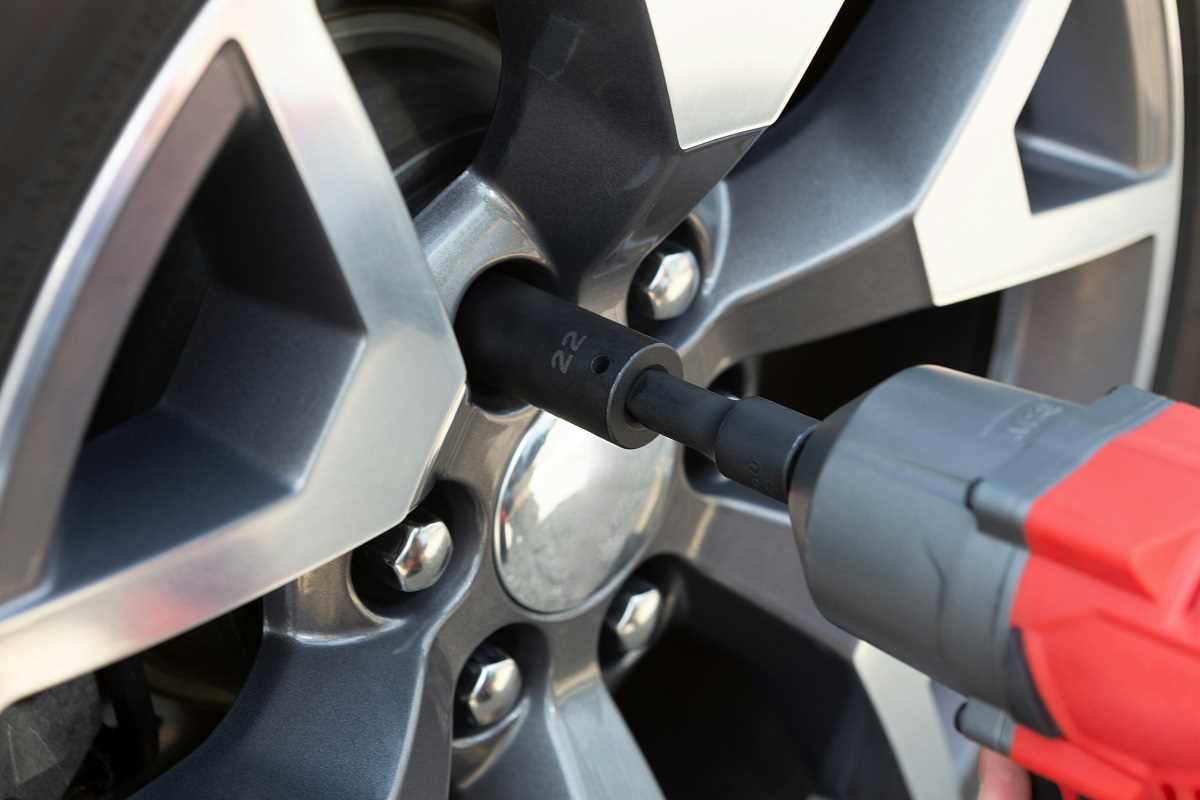The electric vehicle landscape is changing rapidly, with more affordable options hitting the market each year. If you've been waiting for the right time to make the switch to electric, 2025 might just be your year. The upcoming lineup of EVs priced under $40,000 is impressive, combining longer ranges, faster charging, and better features than ever before. These aren't stripped-down budget models either - they're legitimate contenders with the tech, comfort, and performance that today's drivers expect.
As a dad who's been through several car purchases over the years, I've learned that timing is everything. Jumping in too early means paying the early adopter premium, while waiting too long means missing out on the excitement of new technology. Right now, we're entering the sweet spot for electric vehicles where prices are becoming reasonable while the technology has matured significantly. The federal tax credit of up to $7,500 for qualifying vehicles makes these even more attractive, potentially bringing the effective price of some models below $33,000.
So let's take a closer look at what's coming in 2025. I've gathered information on the most promising electric vehicles set to launch with starting prices under $40,000. These represent the sweet spot of affordability, practicality, and modern features that make them worth considering for your next vehicle purchase.
The American Contenders
Detroit isn't taking the electric revolution lying down, with both established players and newcomers investing heavily in affordable EV options. The Chevrolet Equinox EV stands out as perhaps the most anticipated American offering, with its production version expected to start at around $38,000 before incentives. This compact crossover promises to deliver approximately 300 miles of range on higher trims, with the entry-level model likely reaching 250 miles - perfectly adequate for daily commuting and weekend adventures.
Ford is expanding its electric lineup below the Mustang Mach-E with a more affordable crossover based on Volkswagen's MEB platform. Expected to slot in size-wise between the Escape and Bronco Sport, this yet-unnamed model aims to hit a sweet spot of practicality and value. With Ford's experience from the F-150 Lightning and Mach-E, expect solid range (likely around 275 miles) and fast-charging capabilities that make longer trips feasible.
Tesla continues to hint at its long-promised $25,000 model, though most industry analysts expect the actual starting price to land closer to $35,000 when it finally arrives. Reportedly codenamed "Redwood," this compact Tesla would use the company's next-generation platform and structural battery pack to deliver the efficiency the brand is known for. While details remain scarce, Tesla's history suggests it will offer class-leading range, likely exceeding 300 miles even in base configuration.
The domestic startup scene is also showing promise, with Canoo planning to finally bring its Lifestyle Vehicle to market at a starting price just under $40,000. This uniquely shaped vehicle maximizes interior space with a cab-forward design and lounge-like seating. With an estimated range of 250 miles and quick-charging capability, it represents American innovation in the affordable electric space.
Asian Manufacturers Lead The Value Charge
When it comes to value for money, Asian automakers continue their tradition of delivering competitive packages at attractive price points. Hyundai's follow-up to the popular Kona Electric is expected to offer even more range and features while maintaining a starting price around $36,000. The second-generation model will likely grow slightly in size to better accommodate families, while Hyundai's efficient electric powertrain should deliver approximately 290 miles of range.
Kia's upcoming EV3, a compact crossover positioned below the EV6, brings the brand's bold electric styling to a more accessible price point. Expected to start around $35,000, the EV3 will share technology with its larger siblings while packaging it in a more city-friendly format. Early reports suggest a range of about 270 miles and 800-volt architecture allowing for very quick charging stops.
Nissan, one of the early EV pioneers with the Leaf, is preparing a crossover model to replace its aging hatchback. This new vehicle would slot below the Ariya in size and price, targeting a starting MSRP around $34,000. Expect practical range of at least 250 miles and the polished driving experience Nissan is known for, along with the latest generation of ProPilot assist features.
Toyota, though later to the dedicated EV game than some competitors, is accelerating its electric plans with a compact crossover expected to start around $38,000. Based on the bZ4X platform but smaller and more efficiency-focused, this model aims to bring Toyota's legendary reliability reputation to the electric space, with an expected range of approximately 280 miles.
European Style Meets Efficiency
European manufacturers are bringing their design sensibility and engineering prowess to the affordable electric segment. Volkswagen's ID.3 hatchback, long available in Europe, is finally expected to reach American shores with a starting price just under $40,000. This Golf-sized EV offers impressive interior space thanks to its dedicated electric platform, with expected range around 275 miles and quick-charging capability that can add 180 miles in about 30 minutes.
Volvo's upcoming EX30 crossover brings Scandinavian design and safety focus to the entry-level segment, with a starting price expected to be just under $40,000 for the base single-motor version. Despite its compact dimensions, cleverly engineered interior space makes it surprisingly accommodating, while its approximately 270-mile range and 175kW charging capability make it practical for various uses.
Stellantis is bringing the Fiat 500e back to America, this time as a properly engineered electric vehicle rather than a compliance car. With a starting price around $35,000, it offers urban drivers a stylish, premium-feeling option with adequate range (approximately 220 miles) for city dwellers and occasional highway trips.
Features That Make These EVs Stand Out
What separates these upcoming affordable EVs from previous generations is the level of technology they offer. Most come standard with features that were premium upgrades just a few years ago:
- DC fast charging capability of at least 150kW, allowing for 10-80% charges in approximately 30 minutes
- Heat pump systems for more efficient climate control
- Over-the-air update capability for both infotainment and vehicle systems
- Semi-autonomous driving features with lane-keeping and adaptive cruise control
- Vehicle-to-load (V2L) functionality on many models, allowing them to power external devices
- Comprehensive smartphone integration with dedicated apps for monitoring and controlling vehicle functions
The infotainment systems in these vehicles represent a significant step up as well, with most featuring screens 10 inches or larger, wireless smartphone mirroring, and increasingly intuitive voice control systems. Safety technology continues to advance, with most models offering automatic emergency braking that recognizes pedestrians and cyclists, blind spot monitoring, and rear cross-traffic alerts as standard equipment.
Interior materials and design show that affordable doesn't mean cheap anymore. Sustainable fabrics made from recycled materials are becoming the norm, often feeling more premium than the leatherette and cloth options of previous years. Thoughtful touches like configurable ambient lighting, adjustable cargo floors, and clever storage solutions make these vehicles pleasant to live with daily.
Making the Electric Transition
With this impressive lineup of electric vehicles coming in at under $40,000, 2025 looks to be a watershed moment for EV adoption. The combination of practical range, fast charging, comprehensive features, and accessible pricing removes many of the barriers that have kept potential buyers on the fence. Add in the long-term savings on fuel and maintenance, plus available incentives, and the value proposition becomes compelling.
For families considering an EV transition, the timing feels right. The infrastructure has developed to the point where charging anxiety is diminishing, with networks like Electrify America, ChargePoint, and Tesla's Superchargers (now opening to other vehicles) providing increasingly reliable options for longer trips. Home charging solutions have also become more affordable and flexible, with smart chargers that can take advantage of lower overnight electricity rates.
From a practical standpoint, these vehicles make sense for most American households. The average daily driving distance in the U.S. is under 40 miles, meaning even the shortest-range options on this list could go nearly a week between charges for typical use patterns. For households with two vehicles, making one of them electric is an especially low-risk way to dip your toe into EV ownership.
As a dad who's always looking for the smart move rather than the flashy one, I'd say 2025's crop of affordable EVs represents that sweet spot where practicality, technology, and value align. Whether you're looking for a compact commuter, a family-friendly crossover, or something with a bit more style and personality, the under-$40,000 electric options coming next year deserve serious consideration. The future is electric, and that future is finally becoming affordable.
 (Image source: Midjourney)
(Image source: Midjourney) 
.jpg)




